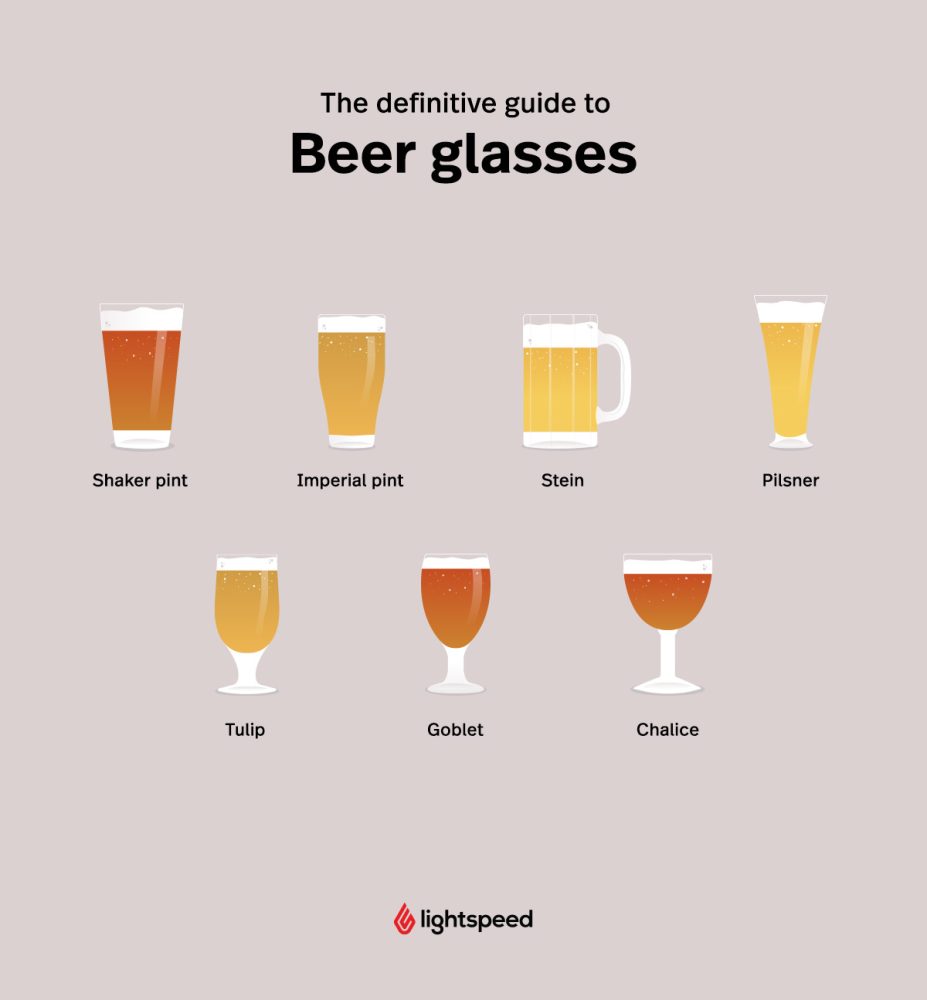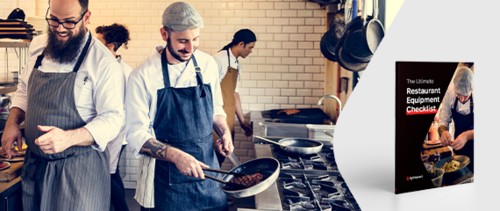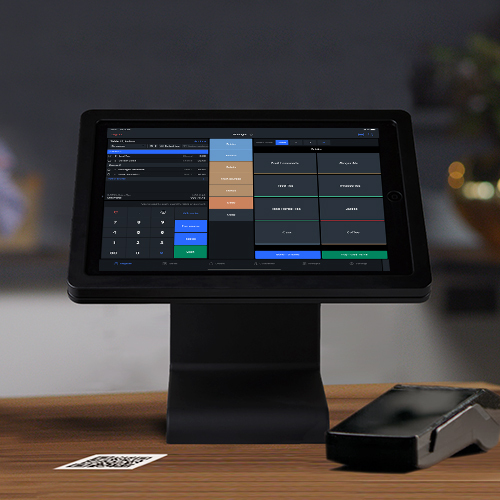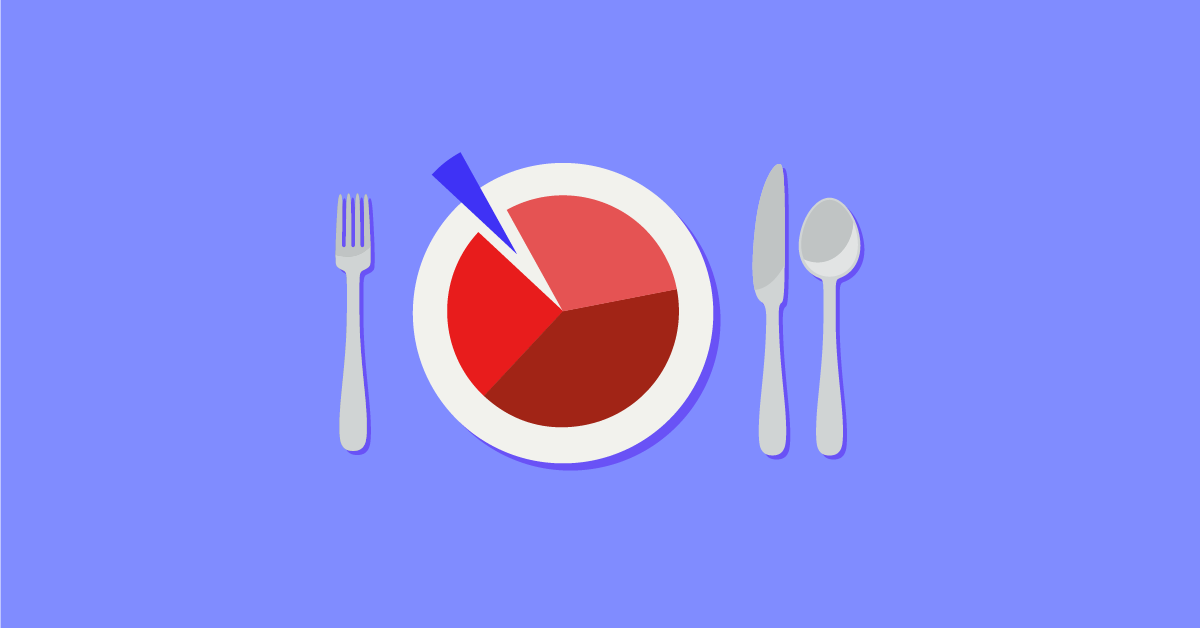
Beers is one of the world’s most popular beverages.
While it’s a staple of any drinks menu, you may be wondering how you can take your beer service to the next level, or even start a beer-centred establishment yourself.
In that’s the case, enjoy this deep dive into how you can make your beer service one to remember.
Use the right glass
Beer glasses aren’t just there to look nice, they influence how you experience different types of beer.
Therefore, it’s important to know what glasses are suited to what beers.
Get this wrong, and you’ll look as if you don’t know what you’re doing, or worse yet, put a sour note on customer experience.
The types of glasses you purchase will depend on the type of beer you stock. If it’s just straightforward ales and lagers—your standard pint or shaker glass will suffice.
But if you’re stocking Pilsner or Belgian Beers, you’ll have to branch out a bit. Let’s break down a few.

- Shaker pint—Astandard 16 oz beer glass. A common feature of most bars and restaurants, they’re low cost and easy to stock.
- Imperial pint glass: A sight in pubs across the UK and Ireland, this 20oz pint glass is best suited to light ales, stouts and lagers.
- Pilsner glass: The Pilsner glass is best suited to, well, Pilsners. It’s a tall, skinny 200ml glass with a wide mouth to keep the beer’s foam.
- Tulip glass: A voluptuously-shaped glassed for enhancing the sensory experience of dark, malty and aromatic beers. It’s narrow neck directs the aroma upwards, while it’s wide mouth maintains foam. It’s an ideal glass for strong pale ales and IPAs.
- Goblet/Chalice: These aresturdy, thick-set glasses are designed for rich, malty and aromatic Belgian beers—the kind that should be sipped like wine. These are ideal glasses for Belgian dark ales or Berliner Weisse.
- Stein: A staple of German beerhalls, these thick, heavy-set beer mugs are especially suited to Austrian and Bavarian Lagers served cold. The thick glass keeps the beverage cold while the handle prevents heat from the hand transferring to the beer.
Get the right equipment for your kitchen
Get set up with our comprehensive restaurant equipment checklist

Check your head
In my native UK, too much head-on beer is sometimes seen as the deceptive work of a cheapskate bartender, trying to con paying customers out of a couple millilitres of beer.
This is more a result of British preference for volume over quality than unscrupulous bartender practices.
But despite what some of my fellow Brits say, a big foamy head atop a glass of beer is an indicator of quality. (Not too big though, then the glass or the beer is probably too cold). The foam traps in flavour, aromas, carbonation and nitrogen. A beer with a good head stays fresher for longer and will have a more pleasant mouthfeel.
A well developed head is the result of a few variables working together: the right temperature, a clean glass, properly carbonated beer and proper pouring.
If a beer’s head is too big, too small or practically non-existent—it’s will be because of one or more of these . For consistently frothy heads, make sure that your dishwasher is working well and that your beer kegs are stored at the appropriate temperature.
When pouring most beers, you can manage a healthy 0.5 to 1 inch of head by holding the glass at a 45 degree angle from the tap until the glass is half full, then holding directly under the tap until the head reaches the rim of the glass.
Keep track of beer inventory
Keeping track of beer inventory helps you avoid wastage and keep beers stocked up and fresh. It also helps you achieve a healthy return on investment on the beer stock you purchase, ensuring that every last drop is accounted for.
Modern bar ePOS systems make for a fast and accurate inventory management tool.
They allow bar managers to upload and track inventory from an easy-to-navigate online back office where you can track beer sales by millimetres. You can even set alerts for when you’re nearing the end of your inventory.
See Lightspeed in action
Watch a demo, and discover how Lightspeed can drive your business forward.

Know your beer culture
Knowing your beers and where they come from can help you choose where to specialise, and ensure against improper service.
Of course, you can take a generalist approach—stocking varities from around the world and delighting guests with a dizzying smorgasbord of beer.
Or, you could stick with a specific theme, targeting a specific audience of beer lovers.
In the case of the latter, it helps to know what kind of bar or pub you wish to open and what kind of beer culture it’s going to reflect. Here are some examples.
Beer halls
Beers halls are associated with German (or more specifically, Bavarian) beer culture. If you’ve ever been to Oktoberfest, you know what I’m talking about.
They’re usually spacious establishments with high ceilings and long tables. German beer is obviously the main product. Steins and Pilsner glasses are a common sight.
Taprooms
Taprooms aren’t strictly bars. They’re traditionally rooms within a brewery where customers can try the beer.
With the revival of craft beers in the US, taprooms—whether they’re in a brewery or not—have become more common, especially among craft beer aficionados.
They’re distinct from your average bar in that they’re more about the experience, and will often showcase their own product or those of local, lesser-known brewers.
In your average taproom, you’re likely to find American pale ales, amber ales, wheat ales, barleys wines and strong ales.
Pubs
In Britain, pubs are a staple not just of beer culture, but of social life too. They strive to be warm and welcoming places that concentrate on the sale of beer but often serve food too.
In your average British pub you’re likely to English Pale Ales, Bitters, Stouts, Porters and European Lagers.
Estimenets
An Estimement is a drinking establishment found in the Flemish regions of Belgium and Northern France.
With a big focus on coffee, these establishments are also places to try proper Belgian beers like strong dark ales, Belgian pale ales and lambics.

News you care about. Tips you can use.
Everything your business needs to grow, delivered straight to your inbox.





